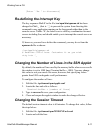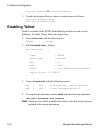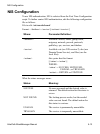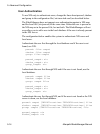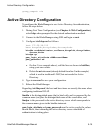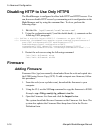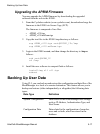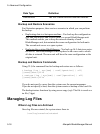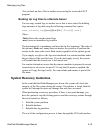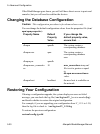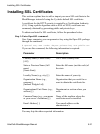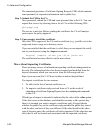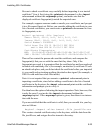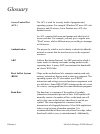
5: Advanced Configuration
5-18 Alterpath BladeManager Manual
Backup and Restore Scenarios
For illustration purposes, there are two scenarios in which you can perform
the backup.
• Replicating data to a hot spare machine
- You back up the configuration
data and data buffers and restore them to a second BladeManager unit.
This method enables you to keep the network identity of each
BladeManager unit, but maintain the same configuration for both units.
The second unit serves as a spare system.
• Replacing the existing BladeManager
- You back up ALL data to an exter-
nal server. The BladeManager is then replaced with a new unit to which
all data is restored. The new unit will have the same configuration as the
original unit.
Backup and Restore Commands
Using CLI, the command line for backup and restore are as follows:
> backup {log | sys[tem] | conf[iguration] | all}
[[user@]host:]file
> restore {log | sys[tem] | conf[iguration] | all}
[[user@]host:]file
If you do not specify a user, then the system uses the current username.
If you do not specify a host, then the system creates a backup of the local file.
The backup/restore functions by using secure copy (scp). The file is saved as a
tar file (*.tgz).
Managing Log Files
Where Log Files are Archived
Once log files are rotated, the system stores them in:
/var/log/consoles/rotated
Data Buffers The ASCII data collected from the consoles.
Data Type Definition




